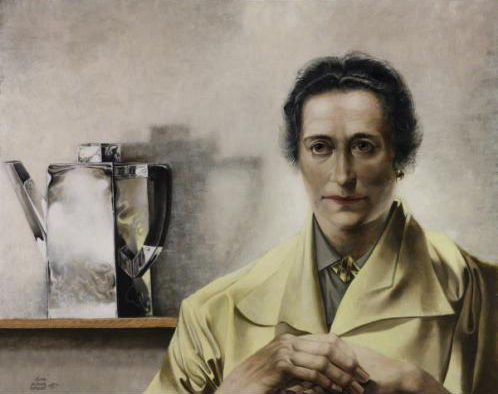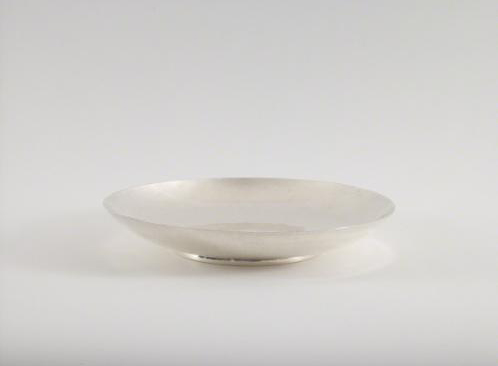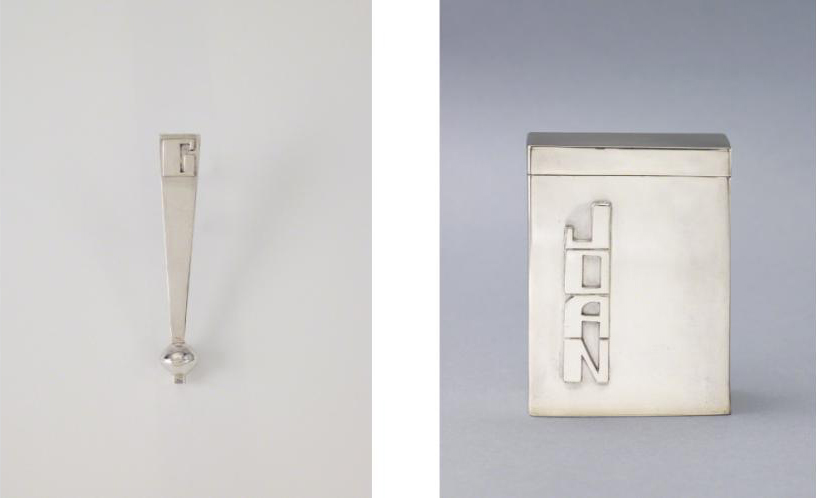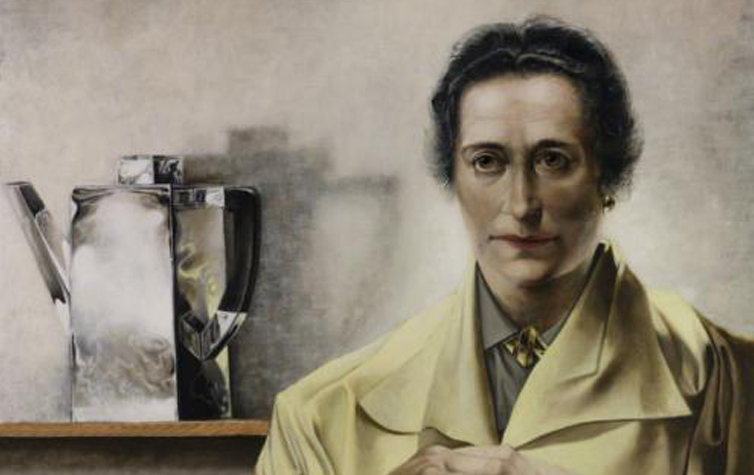
The story of Midcentury Modern in North America is one of cross-pollination with European-born emigres bringing their cultural heritage with them. One such example is Maria Regnier, a Hungarian-born silversmith who brought her minimalist, Machine Age approach to jewelry and metal housewares first in St. Louis and then in other US cities.
“Hand-crafted Machine Age”
Though it sounds like an oxymoron, “hand-crafted Machine Age” is how Genny Cortinovis, Assistant Curator of Decorative Arts and Design at the Saint Louis Art Museum, describes Maria Regnier’s work. The “hand-crafted” element is because she worked in a small-scale studio rather than for mass production. Her precise and unembellished aesthetic, however, is very emblematic of Machine Age sensibilities. The St. Louis Modern catalogue expounds, “She occasionally ornamented silver articles with enamel, but more often her hand-wrought wares were ‘starkly simple,’ distinguished by geometric form and fine finishing.”

Reflections of an Era
Even the objects Maria Regnier designed and produced reflect the Midcentury Modern era. Take for instance a cigarette and matchbook case she made for a friend named Joan and a telephone dialing stick, for the rotary phones of the era.

She designed and produced handcrafted wares for national retailers such as Georg Jensen. According to Women Designers in the USA 1900-2000: Diversity in Difference by Pat Kirkham, Maria Regnier also used her metalsmithing skills for the wartime Air Force. Kirkham writes she garnered attention, but it often came with a patronizing sheen: “[She] was the subject of many articles that discussed her ‘womanly’ attributes as much as or more than her silver. She was variously referred to by patronizing, if salutary, titles like ‘A Rare Smith—A Woman Metalsmith.’”
Despite this, museums such as the Saint Louis Art Museum and Museum of Fine Arts, Boston have collections of her work that allow her carefully crafted pieces to speak for themselves.












